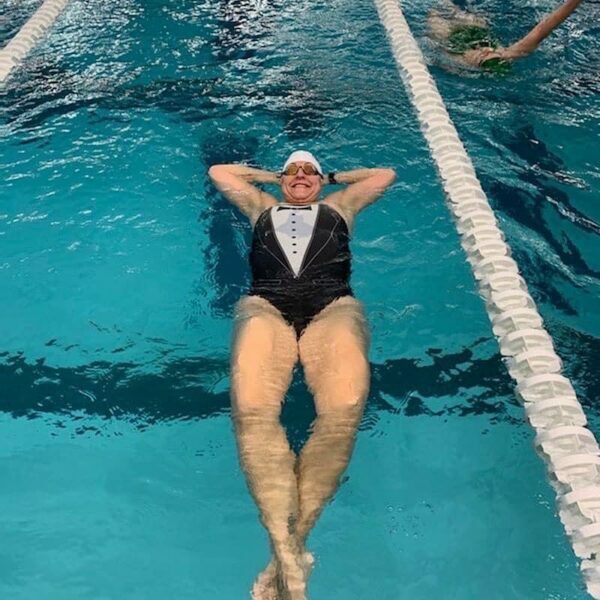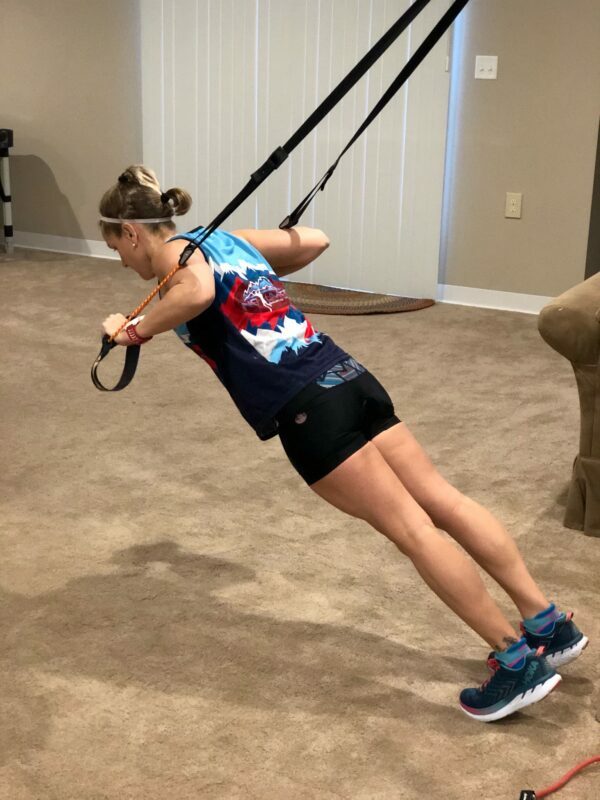As athletes, we never truly take off, but rather adjust our type and volume of training to optimize for recovery or performance.
In the period following your last big race of the season and before the build for next season is typically referred to as offseason. At No Limits, we don’t like to use this term because we are never “off”. Rather, we segment this time in a post-season and a pre-season training phase. In this article, we’ll review the objectives for pre-season, which is a period of time designed to re-establish a return to a training routine. The training in this period, anywhere from 2-8 weeks, will set you up for the general preparation phase (or what is commonly referred to as “base”).
Pre-Season Training Objectives
Pre-season is a period of time that comes right before you begin general preparation for your season. It comes after taking 2-4 weeks of unstructured downtime following your last major race of the season. If you played post-season correctly, making it a truly restorative period, you will look forward to returning to a routine for training.
Re-entry to the routine
Post-season is marked by some detraining, and a shift away from set training and specific targets. Sure, maybe some workouts still had some targets, but over all, the training is easy breezy. So, we need a pre-season period where we work on a gradual progression back into more structured training, such that general prep for the season won’t come as a complete shock to the system.
The training during this time will not look like your race specific training, however. For example, if you are training for an olympic distance triathlon, pre-season training won’t include a series of sweet spot intervals, that are typical of an olympic effort. Rather, pre-season training for you might include skills and strength work as a key focus.
For athletes who are new to triathlon or running and are looking to the new year to be the first season in which they will complete a race, your pre-season is going to be about learning the basics both in terms of workouts, as well as the particulars of the race you are doing.
If you are looking for something to help you get back into the rhythm of training, consider our Resolution Challenge, which kicks off the first week of January each year. See more info by clicking here.
Skills and Drills
Regardless of the type of race and your level of experience, pre-season training offer the opportunity to learn or improve your sport-specific skills.
Video Analysis
For any sport, the specific drills you do can be tied to your areas of opportunity. So, starting off with a video analysis to identify your unique areas for growth can fast track your progress.
This analysis will help to pinpoint areas of opportunity, fine tune the drill work you do, and create useful focus points for steady state work.
If you are a No Limits one-to-one coached athlete, video analysis is included with your coaching fees. Talk with your coach to learn how best to capture and share the video. If you are a #NLECrew member, we offer 20% off video analysis. Email maria@nolimitsendurance.com to get started.
Swimming

Use drills and focus work as part of your warm up, during a workout when you feel like you need a form reset, and as a close to your session. Be sure to incorporate kick work in your drill sets, too! Contrary to popular belief, kicking is not optional for triathletes. In addition to supporting propulsion, the kick is a key element for your head to toe and side to side balance.
Of the 3 triathlon sports, swimming is the most technique dependent – with as much as 80% of your performance being based on technique. Use the pre-season to train effective movements! Who doesn’t want to go faster for the same effort?
Cycling:
Take the time to do some bike handling sessions as part of your pre-season training. Even though it is winter for most of us, we usually have days when it is warm and sunny enough to head out to an empty parking lot and practice skills, such as u-turns, straight line riding, grabbing your water bottle and so on. For a list of bike handling skills to try in these sessions, see this article on our top 9 bike handling skills we recommend for every triathlete.
For indoor riding, incorporate pedal stroke drills, such as single leg drill and high cadence work. I know high cadence work is EVERYONE’s favorite. 😂 Doing high cadence drills can help us maintain a higher cadence on race day. Ideally, we race a range that is between 85-95 rpms (depending on the hills). Research and best practices confirm that maintaining a cadence of at least 82 rpms brings the following benefits:
1. Lower cadence will cause muscular fatigue significantly sooner than higher cadence. This can impact overall cycling performance, with fading on the back half. It will also greatly impact run performance off the bike, as you will have burnt out the muscles before their time.
2. Higher cadence allows your body to balance muscular and cardiovascular demands more evenly, which has been shown in research and also in my own observations through the years as a coach – to bring about more optimal overall performance.
3. Higher bike cadence is correlated with higher run cadence. Higher run cadence is correlated with faster run times. You see where this is headed…
Maintaining a higher cadence is a skill, and it takes time to develop. By starting pre-season with good habits, we increase the likelihood of carrying this through the season.
Runners:
Incorporate drill work into your pre-run warm up. This serves a purpose to activate the proper neuromuscular (brain to muscle) connections, while also getting the body well warmed up for the efforts to come.
When we execute run drills with good biomechanics, we can work to re-wire some faulty movement patterns. While some changes in run form are related to strength, others can be connected to ensuring we instill functional movement patterns. Some of my favorite drills for running include:
- Ankling
- Ankle Springs
- Quick Foot Drills (starts 4:50 into the video)
- Wall sprints
Regardless of the specific sport, be sure to do your drill work with intention. Simply dialing it in and ticking a box green won’t create improvements. You’ve got to work the brain-body connection on these.
Strength

While we advocate a year-round periodized approach to strength, we also know that endurance athletes are notorious for falling off the strength routine (myself included!). So, pre-season training is a great time to re-commit to your strength program.
The benefits of a strength program numerous for endurance athletes:
- Improve your economy. Economy is how well your body can consume and use oxygen for energy production. This can make us both faster and more fit.
- Injury reduction. Athletes who engage in a regular strength routine have 50% reduction in their injury risk. This is the single most important reason to strength train.
We include strength training for our one-to-one coached athletes, and all of our team members have access to our zoom strength sessions, held weekly.
Nutrition
Pre-season training is a good time to check in and ensure that your daily eating habits are fueling your lifestyle. It is healthy to gain a few pounds during the post & pre season periods, as our training loads decrease and we enjoy time with good food and good friends.
Keep your focus on eating whole, nutrient dense foods to fuel your lifestyle, and to support your strength and performance. Think of your nutrition as a lifestyle, not a one-off diet that isn’t sustainable and most likely unhealthy. Beware of food programs that ask you to strictly restrict one food macro. As athletes, our bodies need a healthy balance of carbohydrates, protein and fats.
If you are aiming to lose weight for the coming season, the optimal time to effect that change is before you get into race specific training. This makes pre-season the right time for execution. But, you should also know that whatever weight you are is a good weight to be an athlete. There isn’t a one-size-fits-all approach to some magic number we all need to hit come race day.
Love and respect your body because it can do amazing things!
If you would like more information on daily nutrition, please see:
- Listing of nutrition tips for endurance athletes
- Nutrition coaching – a 10-week program to optimize your health and performance
Mental Fitness
We have to train the brain every day, and throughout the year, just as we do for the body. As you reflect on your previous season, think about 3-5 areas in which you’d like to further develop your mental skills for athletic performance.
Create goals for mental strength – just as you do for the physical achievements you want to make this coming year. Then, craft a plan to work on those goals.
Keep in mind that mental fitness will need periodization as well. For example, engaging in race day visualization sequences doesn’t make a lot of sense in pre-season. However, daily positive affirmations to work on confidence building just might make sense!
If you need help with this, our partner Dr. JoAnne Bullard offers sport-specific psychology sessions.
Each meso cycle of our training creates the foundation for what happens next. Embrace the cycle you are in, and the objectives it seeks to achieve. Train with intention and you will feel the improvements come more deeply, with longer lasting effects.
Embrace the promise of the season to come!
